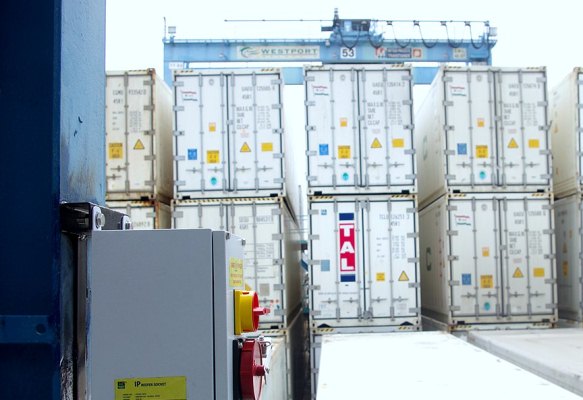-
Refrigerated shipping will experience fast growth in the next couple of years due to the COVID-19 outbreak and increased demand for food safety, among others
-
Global demand for refrigerated products will include food, beverages, and pharmaceuticals
-
By the end of this decade, 5G will have changed the business landscape as we know it
-
Omnichannel services and contact less deliveries are becoming the new normal
Increased demand for refrigerated goods and deployment of 5G technology are among the trends expected to shape the logistics and supply chain sector in the near term, according to a prediction from GreenCarrier.
Increased demand for refrigerated goods
“Research indicates that refrigerated shipping will experience fast growth in the next couple of years,” said GreenCarrier, a global sustainable logistics and supply chain management service provider.
Thus carriers, forwarders and original equipment manufacturers need to get ready to meet the global demand for refrigerated products, including food, beverages, and pharmaceuticals, GreenCarrier said in a blog.
The trend will be driven by various factors, including a growing population, higher average income, increased consumption, increased demand for food safety, increased level of “wellbeing” diseases, and, of course, the COVID-19 pandemic.
COVID-19 caused a major shakeup in the drug industry, making it quicker and easier to trial drugs. The overall biopharma demand is growing and most strongly outside of key manufacturing centers in Europe and the US. These products therefore need to be transported via highly regulated and controlled freight methods.
The global distribution of COVID-19 vaccine as well as demand for other medicines will require logistics planning like never before due to the temperature requirements. Shipping companies will need to expand their fleets of trucks and shipping containers as well as climate-controlled warehouses. To that, they need to apply advanced technology such as Internet of Things (IoT) applications, machine learning and predictive analytics.
Massive deployment of 5G
Despite COVID-19, the world is seeing a massive development around 5G, and by the end of this decade, 5G will have changed the business landscape as we know it, the blog forecasts.
The full potential of IoT to track inventory will finally be unleashed under 5G, the fifth generation mobile network that is designed to connect virtually everyone and everything together including machines, objects, and devices.
Cargo can be fitted with inexpensive sensors that use very little power, and track goods from the factory floor, through the shipping process, to the warehouse, all the way to store shelves, creating a trusted record of an item’s journey.
“One of the most disruptive uses for 5G networks is driverless transportation. 5G is likely to make this possibility a reality, which will have a huge impact on the logistics industry,” said the report.
Moreover, every business relies on data to function, and the collaborative potential for using 5G to keep multiple vendors and partners on the same page, in real-time is a potential game-changer alone. It means companies will have the means to build a lean, distributed cloud network to tie their logistical operations together.
Green logistics for sustainability
With the increased awareness that transportation is a large contributor to greenhouse gas emissions, green logistics has gained significant traction over the years. Designing value chain towards advanced energy management systems and electric and solar-powered vehicles to lower their overall carbon footprint will emerge in a rapid way.
Another area emerging in green logistics is the circular supply chain that is starting to replace the linear supply chain. Those adopting the circular supply chain approach stand to gain from reduced costs in the long term, reduced waste and reduced impact on the environment, said the blog.
Omnichannel services, contactless deliveries as new normal
Today’s customers want flexibility in their orders. Those companies that can provide an omnichannel experience will be able to best satisfy their customers. Whether customers are shopping online or in the actual store, they want options; delivery options, in-store or curbside pickup options, or pick up at another location are all becoming a part of doing business.
The omnichannel approach offers a personalized experience for customers as marketing, sales, and logistics combine efforts. Logistics and supply chains are responsible for the consistent fulfillment of orders that come from any of the channels. No-contact delivery is the new normal, offering various drop-off delivery options, born of customer desire to minimize physical contact.
The blog added that a significant development is in motion to push robotic deliveries into its next phase using robotics and artificial intelligence-based applications.
Photo by Subramaniam1103





